|
By Alison Goldberger When I wanted to learn how to make salami I knew travelling to Italy was the only way to do it, so I booked onto the Advanced Salumi Course in Tuscany with Sapori & Saperi Adventures. The course was incredible, and I learned so much. I was also so impressed by Erica and her company that I asked her if we could collaborate. I’m a Scottish journalist and organic pig farmer but have lived and worked in Austria since 2015. Now I assist Erica with social media and online marketing. I absolutely love telling people about my time on her course and now I am excited to share with you why I think travelling with a local expert in 2022 (and beyond) can only enhance your holiday experience! Eat in incredible restaurants...and in private homes One of the most wonderful experiences I had was to dine in restaurants uncovered by Erica after years of eating and living in Tuscany. You can be guaranteed you’re not just eating in the restaurant all the other tourists found online! We were treated to dinner at Il Vecchio Mulino, where Andrea brought out course after course of exquisite local food. Many of Erica’s courses and tours also include meals in private homes. In Capezzano I was welcomed into Gabriella’s home where I ate the best seafood I’ve ever had. The freshest seafood cooked to perfection and an extremely warm welcome – it was an unforgettable experience. Learn how to make prosciutto as the artisans do Do you have a passion for prosciutto like I do? It’s unlikely you can just stroll up to any producer and they’ll tell you how it’s done. But when you travel with a local you certainly can, and they are happy to answer all your questions. When learning all about salumi in Tuscany I visited numerous artisans and gleaned the knowledge they’ve garnered over a lifetime. On these tours you’re also supporting these very small businesses, creating wonderful slow food with a passion you’re unlikely to find in large-scale producers. What’s more, you get to taste their incredible products! Savour products from small-scale producers You want to visit a local organic olive oil producer, or have always wondered how chestnut flour is produced, or perhaps gelato is more your thing? These were all requests during my course and every one was fulfilled! I took home a bag of chestnut flour after seeing how chestnuts are dried and milled. I sampled the best pistachio gelato at Cremeria Opera in Lucca and bought the tastiest new-season olive oil from Claudio Orsi of Alle Camelie. Erica has built up so many contacts across the region and she is happy to help visitors find what they’re looking for.
Erica drove us during our course so she was always on hand to answer questions and give us explanations about what we were seeing as we travelled. It was information born from a passion for Tuscany and gave us a wonderful insight into the history of the region as well as what it’s really like to live there. This is a feature of all tours and courses from Sapori & Saperi. For instance, on the Tastes & Textiles tours participants learn all about Lucca’s rich tradition of producing textiles. Meeting local craftspeople provides a wealth of knowledge you couldn’t get elsewhere! Did someone mention gelato I know one of my first thoughts when I think of Italy is gelato. We were taken for a quick pit-stop to sample some delicious gelato. It was actually in the Cremeria used for the Art & Science of Gelato course run by Sapori & Saperi. During that course participants immerse themselves in the icy world of Mirko Tognetti of Cremeria Opera Naturali per Gusto, Lucca. They learn his secrets and the science behind gelato and how to create their own flavours. Sounds like an absolute dream to me!
If you landed here by chance and would like to be notified of future posts, you can sign up here. If you’d like periodic news about our tours and courses, sign up here. This blog was originally published on Slow Travel Tours on 20 January, 2019.
0 Comments
What does Tuscan heritage mean to you? Do you think of Florence and its famous art and architecture? The leaning tower of Pisa? Maybe the landscape of vineyards, olive groves and pencil cypresses that give us Chianti and olive oil? My Italian friends from Lucca helped me design a tour based on their idea of their own heritage. They envisaged a tour that snaked diagonally across the region from Sansepolcro and Arezzo in the southeast to Lucca in the northwest. Chianti yes, but not the vineyards that leap to mind. Art and architecture yes. But no Florence. No Siena. No Pisa. Here are ten experiences they don’t want slow travellers to miss. 1: Sansepolcro (Arezzo Province) Why there? For two reasons. 1 The fresco of the ‘Resurrection’ by the hugely influential early Renaissance painter Piero della Francesca. You don’t have to be religious to be spellbound by it. Aldous Huxley called it the ‘greatest picture in the world’. 2 The Tuscan cigar. I don’t smoke and I think it would be better if no one did. But it turns out that tobacco was undoubtedly a major player in the history of Tuscany ever since 1574 when it arrived in the very spot we’re staying: Sansepolcro. From smuggling to women’s work you’ll hear all the pros and cons of tobacco at Roberta’s tobacco farm. Whatever your views, it’s fascinating seeing how tobacco leaves are harvested by hand and smoke-dried. 2: Anghiari (Arezzo Province) An English friend who accompanied me on a research trip said that of everywhere we went, it’s the place she most wants to return to. Its striking position poised on a cliff edge is attraction enough. Add to that a tour of the Jacquard looms at the Busatti linen mill, and you’ll want to return too. 3: Chianti (Florence Province) Could Chianti wine be even better if they restored all the dry-stone walling that was demolished when tractors blazed a trail through the vineyards in the 1960s and ‘70s? You can judge for yourself during a vineyard tour and tasting. 4: White Truffle (Pisa Province) San Miniato claims their white truffles are better than the more famous ones from Alba in the Piedmont. Follow the Lagotto dog, find your truffles and relish lunch with truffles in every course (except dessert). 5: Vicopisano (Pisa Province) When the Florentine Republic conquered the Pisans in 1406 they commissioned their star architect-engineer, Filippo Brunelleschi—famed for the dome of the duomo of Florence—to redesign the Pisan fortress at Vicopisano. My historian friend from Pisa says you mustn’t miss this magnificent castle, and he’s going to show you around himself. 6: Extra virgin olive oil My Slow Food friends are sure you have no idea how good extra virgin olive oil can be until you taste it here in Tuscany. It deserves the same attention you lavish on wine. 7: Lucca (Lucca Province) Lucca is so conservative that it never tore down its Renaissance walls, as if waiting for another attack. It may as well be us. And who better to show us around than a descendant of one of the noble families who ruled Lucca in the Renaissance! 8: Puccini (Lucca Province) Baritone Mattia Campetti insists that every visitor to Lucca must hear the music of that great operatic composer Giacomo Puccini in his home town. Mattia will give you a vivid and amusing tour of Puccini’s home at Torre del Lago. Be prepared for an entertaining concert when Mattia is joined by his soprano wife Michelle Buscemi. 9: Tuscan grill On the grill are a pig and a cow (no apologies for sneaking in two items here): the indigenous Cinta Senese pig (belted pig of Siena) and the white Chianina cow, possibly a descendant of the huge Palaeolithic aurochs. Their succulent flavour hasn’t diminished at all over the millennia. 10: Cantuccio (biscotti in English) Every Tuscan meal must end sweetly with cantuccini dunked in vin santo, our Tuscan dessert wine. How to book the Tuscan's Tuscany:
If my Tuscan friends have convinced you to come see Tuscany through their eyes, have a look at all the tour details here (click on the tabs below the introduction and read what appears in the window below) and email me for a booking form. If you landed here by chance and would like to be notified of future posts, you can sign up here. If you’d like periodic news about our tours and courses, sign up here. If you’ve been to the mountains of Italy, I bet you’ve asked this question yourself. You’re probably in a car on a road hugging a river and you’re craning your neck to look up at a terracotta-roofed village improbably balanced on an inaccessible ridge. To find the answer you have to abandon your car, get into your time-machine, key in ‘Middle Ages’ and click GO. With no discomfort on the way, you find yourself on a broad cobbled road nearly at the crest of the ridge looking down at that very spot in the valley you just vacated. You see the river running swiftly in the shadow of sheer rock walls that not even a mountain goat could scamper across. Your car is nowhere to be seen, because the road won’t be cut through the rock for several centuries. Your eyes follow the river to the left where it emerges from the gorge, still in the shade at noon, and disappears into a thicket of dense scrub on a river plain that floods in winter. You walk next to your mule laden with your jeans, T-shirts and iPad and in five minutes emerge into full sunshine at the ospedale next to the church in the village, where you are welcomed by a monk and offered a meal. As you tuck into your succulent boiled salt pork ribs, a large bowl of tasty chestnut-flour polenta and a skin of wine, you’re cooled by a soft mountain breeze that ripples through the golden farro in small terraced fields. A couple of enormous black pigs with pink belts around their middles wallow in a puddle formed by the spring that issues from higher up the mountain and provides clean cold drinking and washing water for the village. It must have been hard work creating the terraces, but the place is swarming with strapping young sons who look as if they’ve been down the gym pumping iron all morning, and it’s obvious time isn’t in short supply either. After lunch you’re not allowed to depart before having a snooze on a bed of hay in the inn, air-conditioned by the thick stone walls. Although you’ve signed up for a slow travel tour, you still have to get to the next village by evening. A shepherd setting out with his flock offers to accompany you and show you the way, not that you need help to follow the broad, well-maintained mule track bordered by dry-stone walls. He’s been visiting his sister who married one of the men in this village, and his aunt and uncle live here too. There are many family connections between adjacent villages on this slope and those just over the top behind the village. It’s all so convenient living right on the main mule track; nothing is much more than an hour’s walk away. As you amble along, he tells you that the village you’re heading for lies just below a fort, part of the Republic of Lucca’s line of defense against the warmongering Florentine Republic. The ridge serves as an ideal lookout point, but the garrisoned troops are always drunk, and he’s sure those sheep that went missing provided Sunday lunch for the officers. Besides, he lowers his voice conspiratorially, he and a couple of other shepherds, who know the tops of the mountains like the eagles, had a good trade in contraband chestnut flour and firewood with the Florentine citizens just over the border. All at an end now, of course. After about 50 minutes, at a fork in the road, the shepherd bids you farewell as he continues up to his house in the summer pasture half an hour away and you saunter down the slope to the village bar just in time for a gin and tonic and a pizza margherita. Oops! You must have accidentally hit the ESC key on the time machine. You can tell because they didn’t have tomatoes in mediaeval times, and there are those telltale electric fairy-lights in the bar garden. Oh well, now that you’re back, let’s do the return trip as a 21st-century hiker. The mule track, being inaccessible even by a Fiat Panda 4×4, has become overgrown, many of the cobbles have washed out and in places no trace is left. No matter. You shoulder your rucksack and set off down the tarmac road to the valley bottom, which takes 45 minutes. Turn left and walk along the state highway cut into the sides of the valley or raised above the boggy valley bottom. The sun finally got here at about 12.30 pm, the tarmac is still blazing hot and there’s no cooling mountain breeze down here. An hour later you arrive at a village in the valley bottom, built mostly since the 1950s to be near the factories that exploit the river water. Turn left and for another hour and a quarter climb steadily following the interminable switchbacks of the car road, built in the late ‘50s, to arrive after a grand total of 3 hours back where you had lunch. QED. Where did that mule go? If you landed here by chance and would like to be notified of future posts, you can sign up here.
If you’d like periodic news about our tours and courses, sign up here. This blog was originally published on Slow Travel Tours on 7 March, 2011. This blog was originally published on Slow Travel Tours on 28 January 2017. Did you know that olive oil is the only common cooking oil that is the juice of a fruit? All the other oils we use in our kitchen come from seeds: sunflower, rapeseed (canola), peanut and grapeseed. This realisation leads directly to another question. Would you cut an orange, leave it on the counter for a week and then squeeze and drink the juice? Would you step on an apple, leave it on the table for three days and then eat it? Yet that’s what happens to many olives before they’re pressed to extract olive juice. I’ve tasted and written a lot about olive oil, but this idea had completely escaped me until I met Elisabetta Sebastio last year. She’s a professional olive oil taster both for Italian Chambers of Commerce and international olive oil competitions. We ran our first full-day olive oil class during my Autumn in Tuscany tour in November 2016 (now we run a full course on the subject of olive oil: Olive Oil: Tree to Table in Tuscany). It was a revelation for all of us. We gathered around her kitchen table. She taught us how the professionals taste and rate oil. We tasted eight olive oils. The first was a surprise and I don’t want to ruin the impact by telling you what it was. Then there were four new-season oils: one from Sicily, two from Tuscany and one from the Abruzzo. Some people liked the tomato scent of the Sicilian one, others the bitter piquancy of the Tuscans. Lots preferred the less in-your-face qualities of the Abruzzese. Under Elisabetta’s guidance it was so easy and we were proudly feeling like experts when we started on the three defective oils. Wow! It was so clear that they didn’t measure up, and we could describe what was wrong with them: rancid, vinegary and fusty. We didn’t want to put them in our mouths. You’ll taste lots of mildly rancid oils in restaurants due to poor storage in clear bottles in the warmth. There were more revelations. Contrary to popular belief, true extra-virgin olive oil has the highest smoke point of any vegetable cooking oil. Another fact some people don’t realise is that it deteriorates with every passing day, even in a sealed bottle. If you’ve got some excellent oil, carpe diem. It will be worse tomorrow. But olive juice isn’t just for cooking. In Italy it’s mainly used as a condiment, like salt and pepper. This got us thinking about which olive oil goes best with which foods. Elisabetta had devised a lunch to demonstrate the classic pairing of regional dishes with an oil of the same region. We got to help prepare orecchiette (an ear-shaped pasta from Puglia) with an artichoke sauce seasoned with extra-virgin olive oil from Puglia. Sadly, we ran out of space in our stomachs before we could taste all the different dishes Elisabetta had prepared. I took another group to her home in December. One of them loved chocolate and Elisabetta assured me she could source some olive-oil flavoured chocolate. The platter of chocolates was beguiling and they tasted fantastic. She had made them herself! Join me on the course Olive Oil: Tree to Table in Tuscany from 18–23 November 2021 and meet the amazing Elisabetta and have fun with olive juice.
If you landed here by chance and would like to be notified of future posts, you can sign up here. If you’d like periodic news about our tours and courses, sign up here. |
Email Subscription
Click to subscribe to this blog and receive notifications of new posts by email. AuthorErica Jarman Categories
All
Archives
October 2023
|
|
copyright 2017 sapori-e-saperi.com | all rights reserved
|
Website by Reata Strickland Design

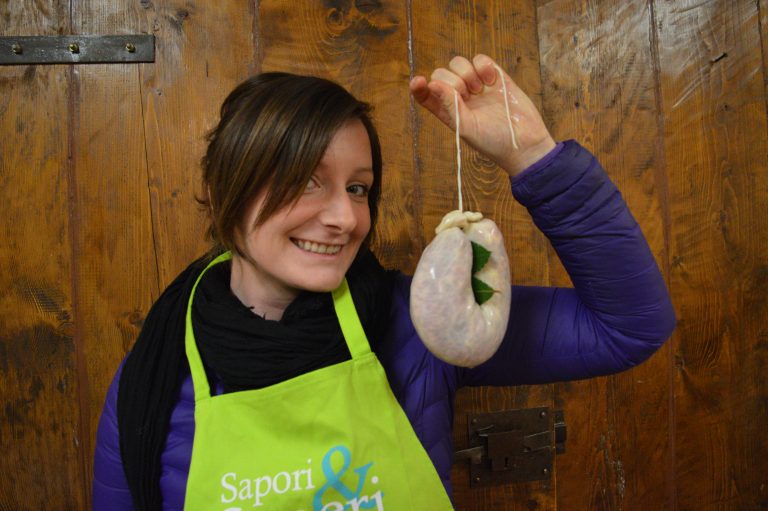
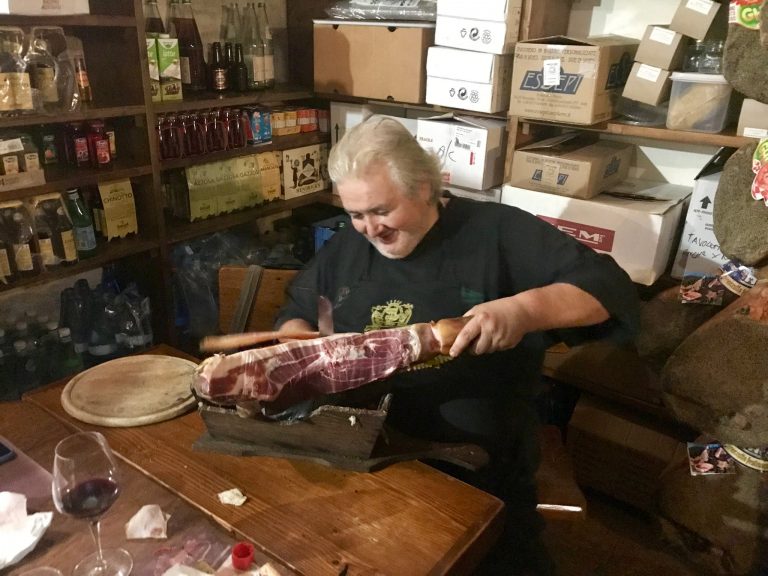
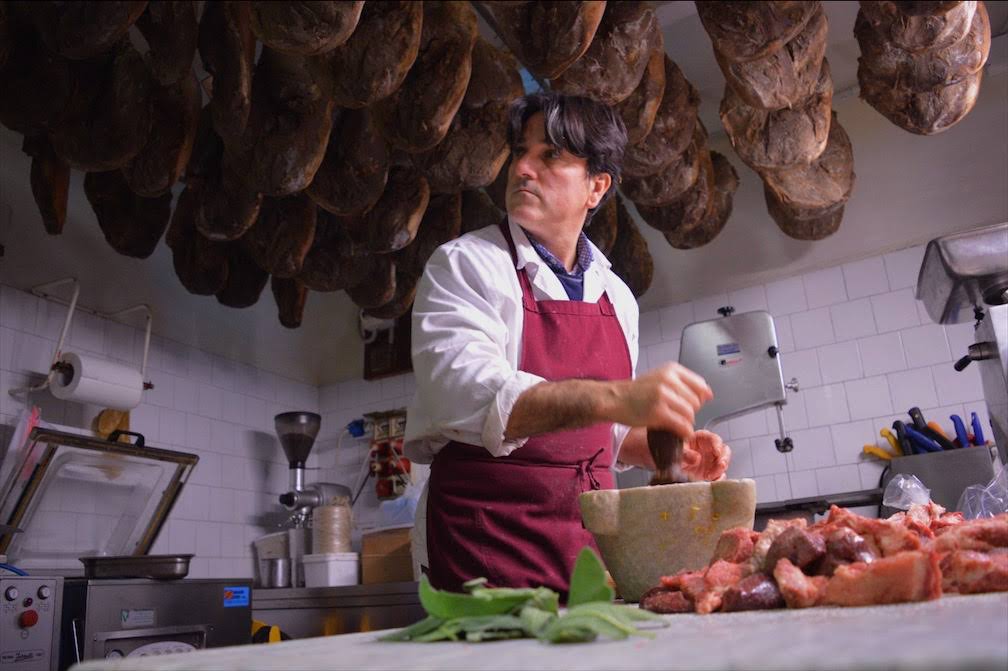
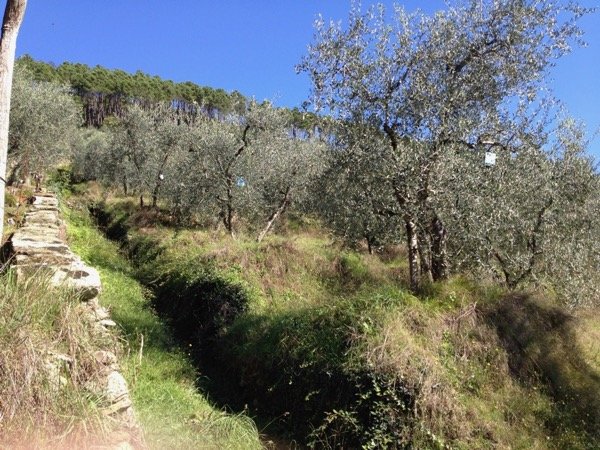
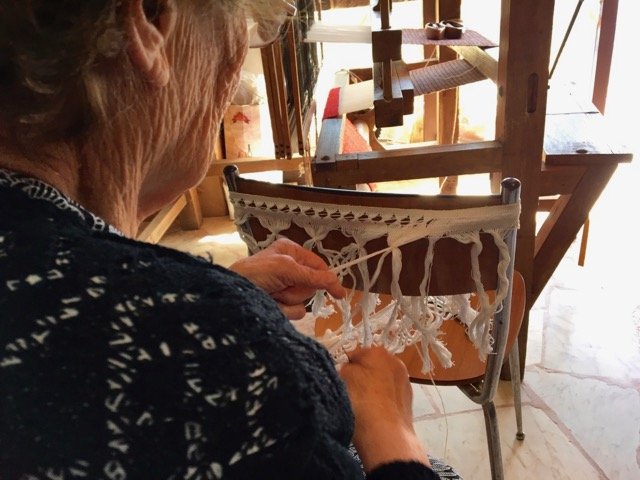
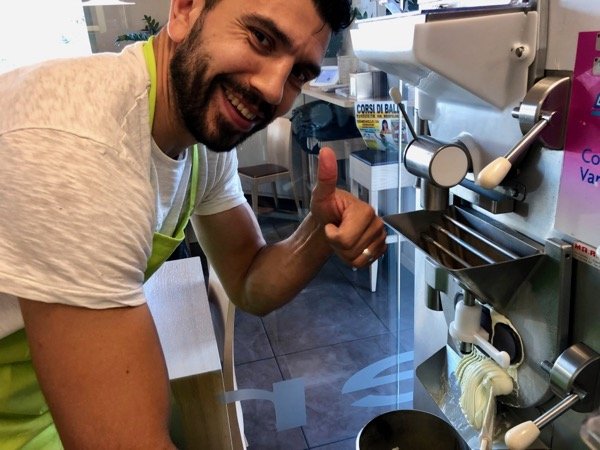
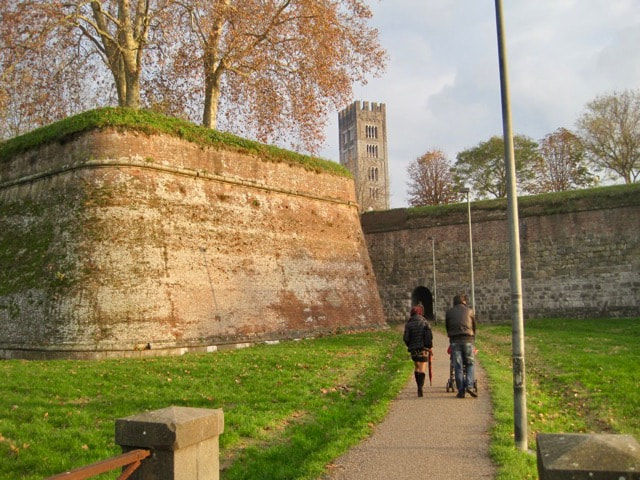
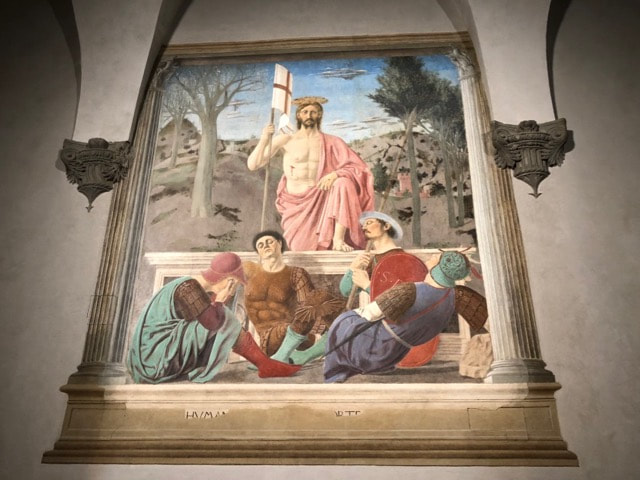
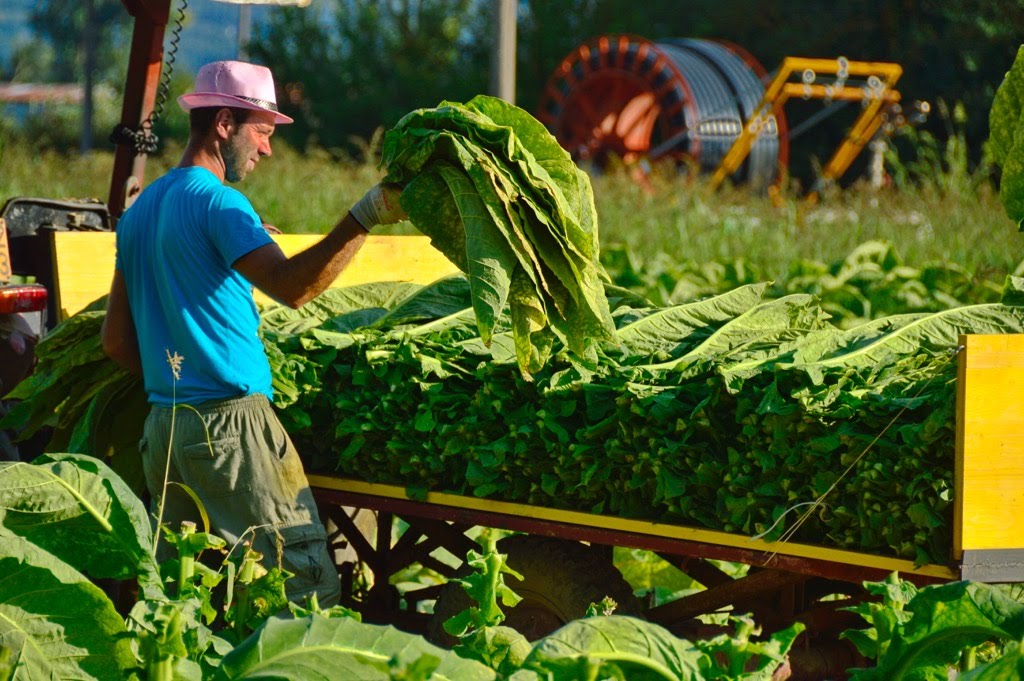
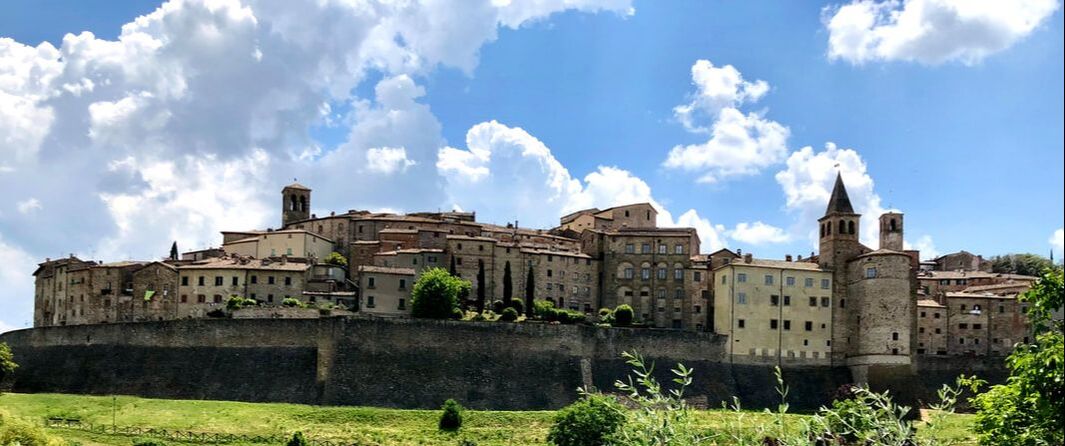
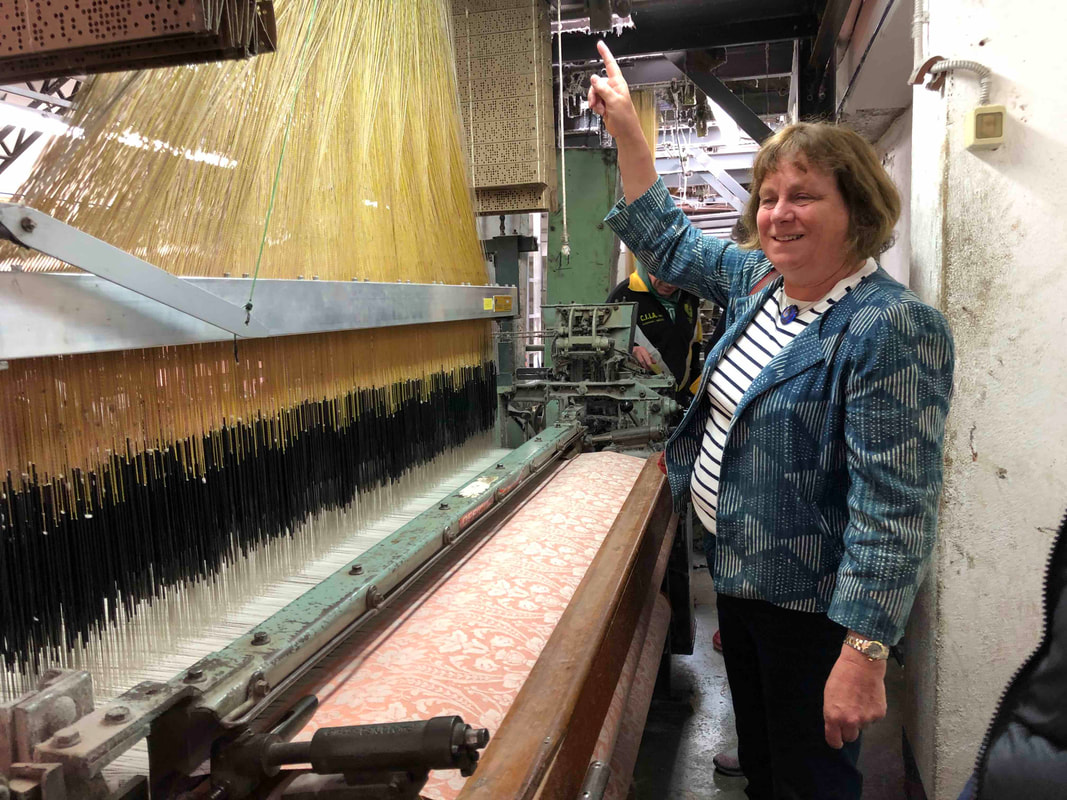
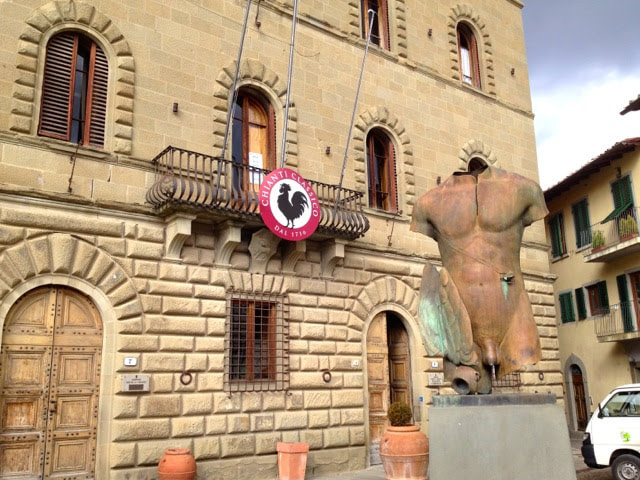
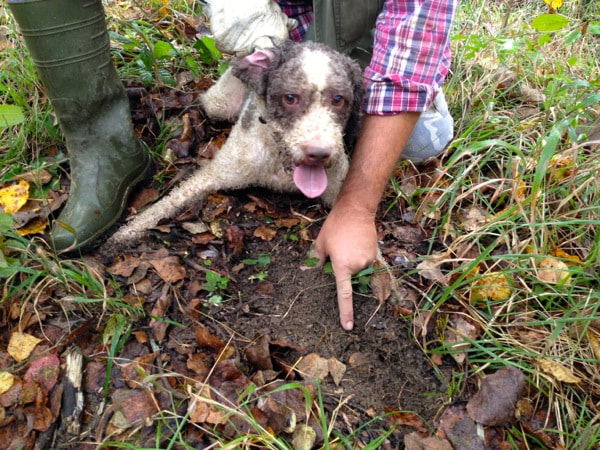
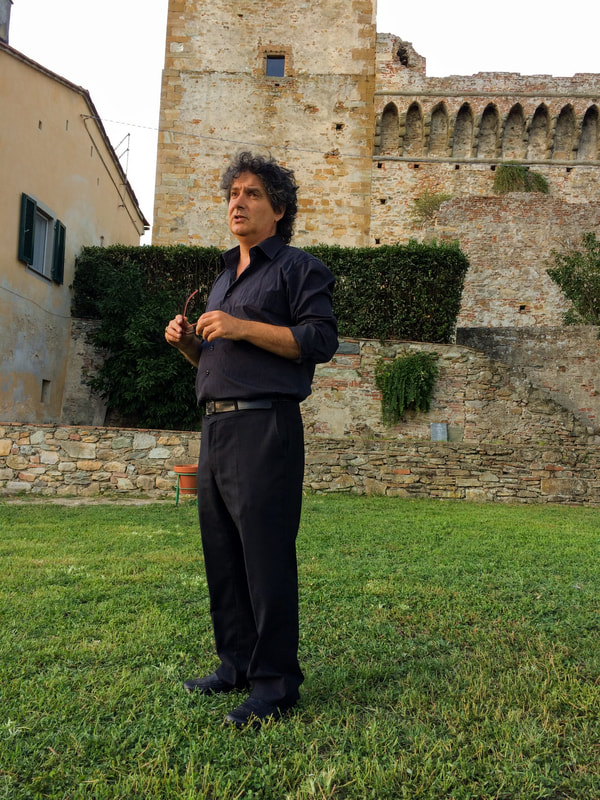
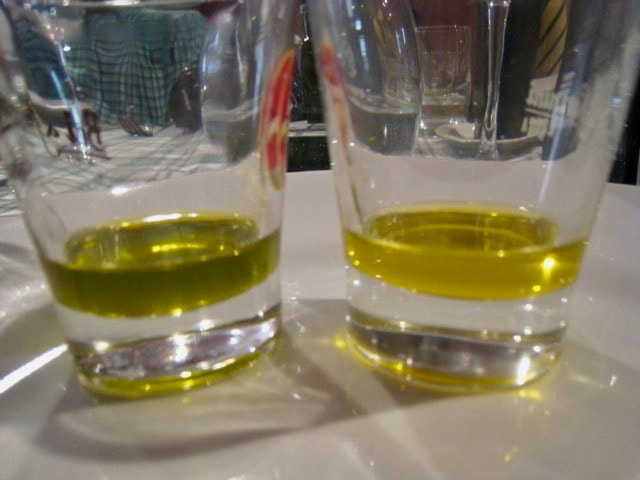
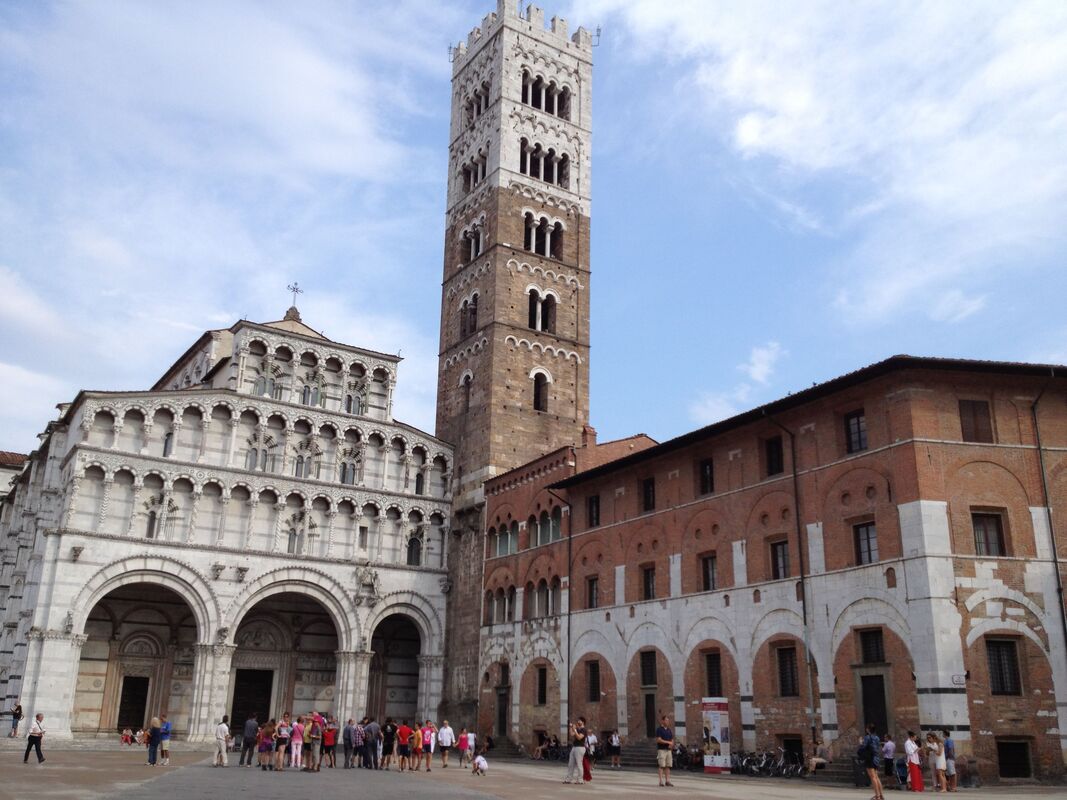
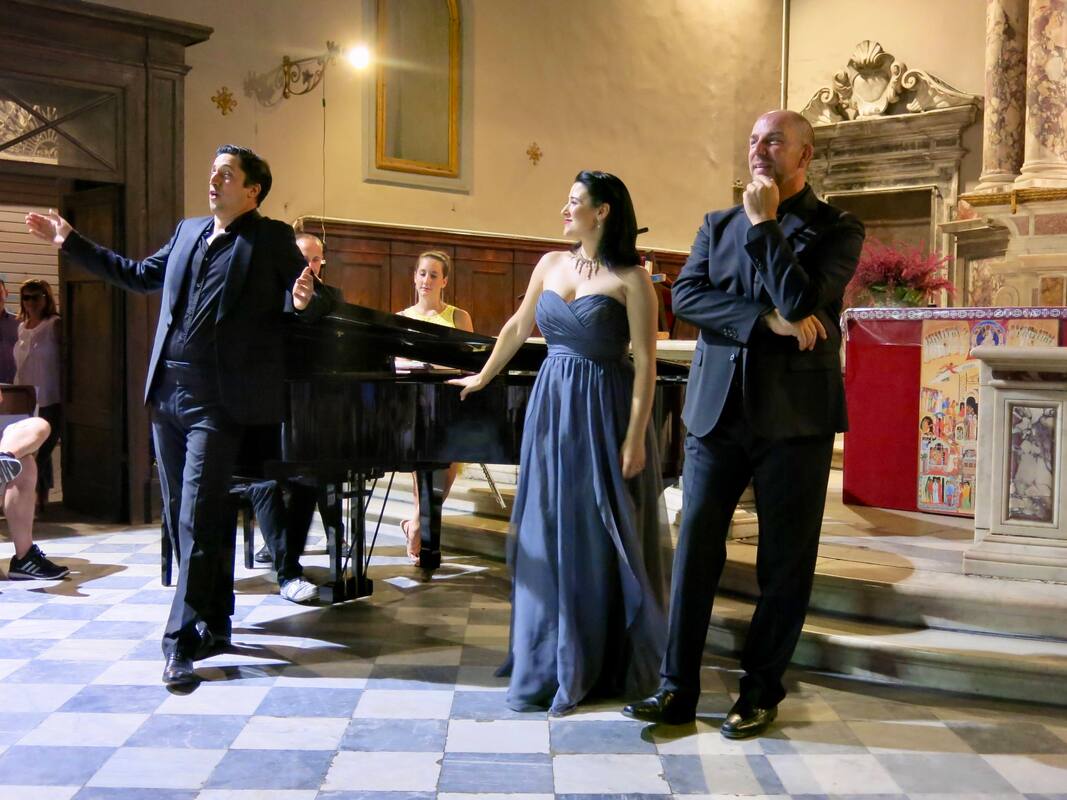
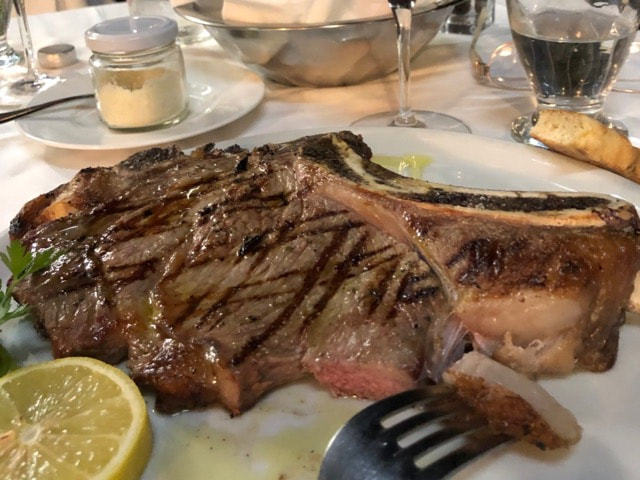
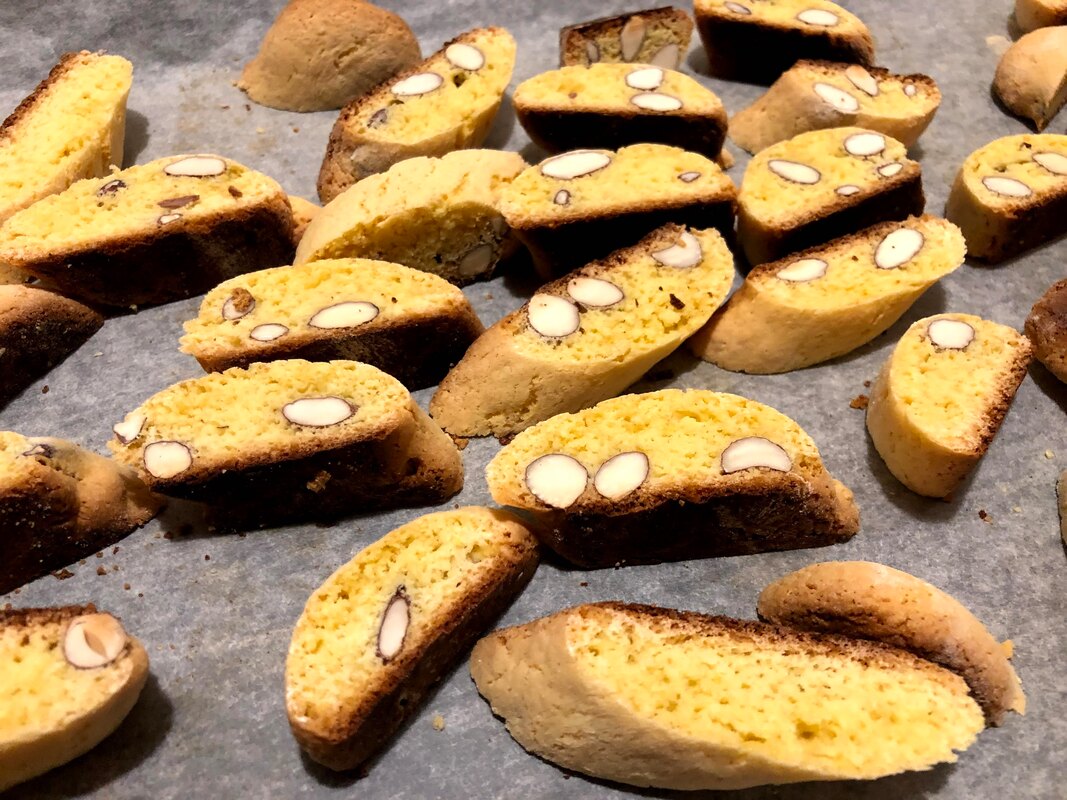
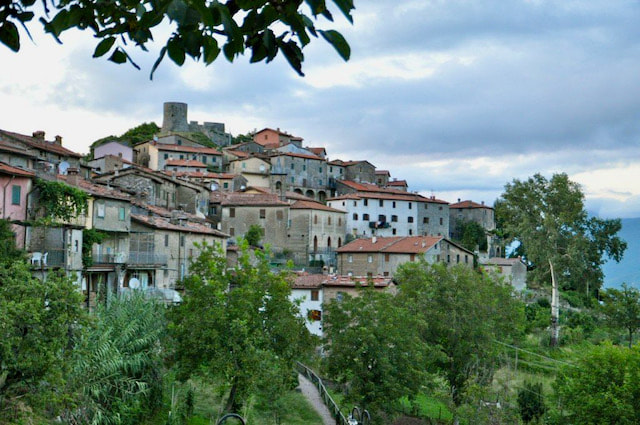
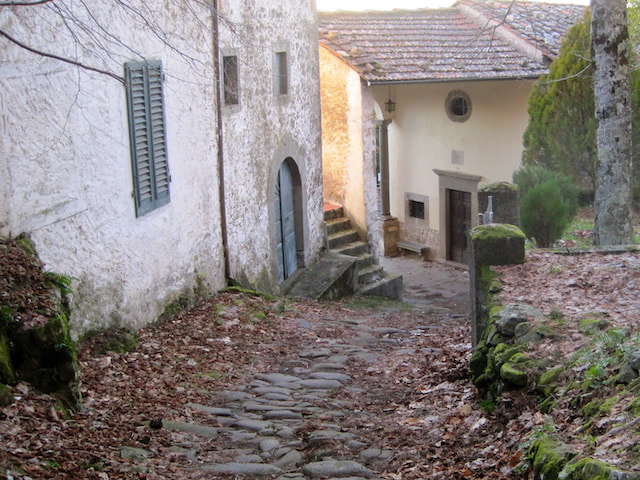
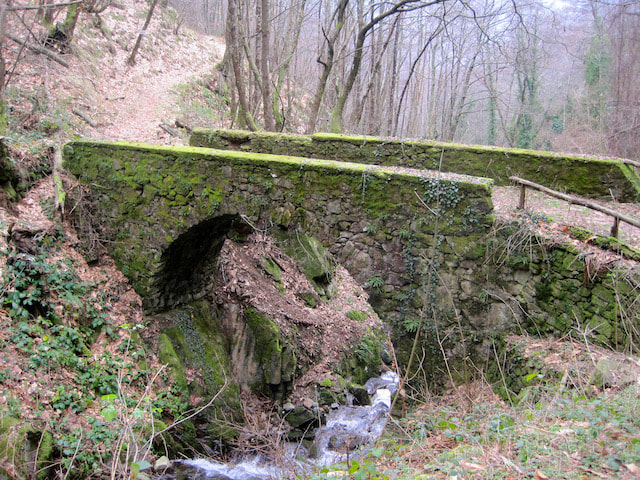
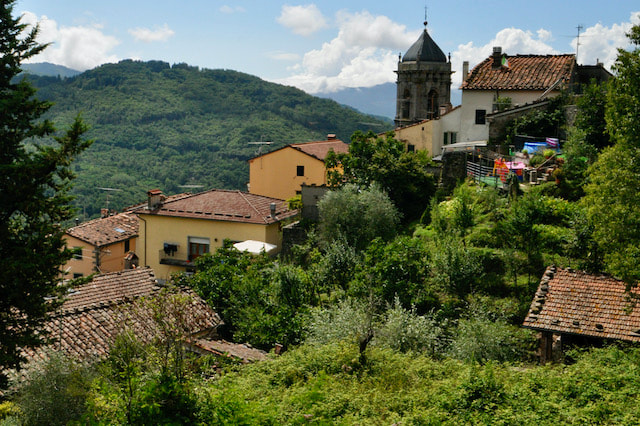
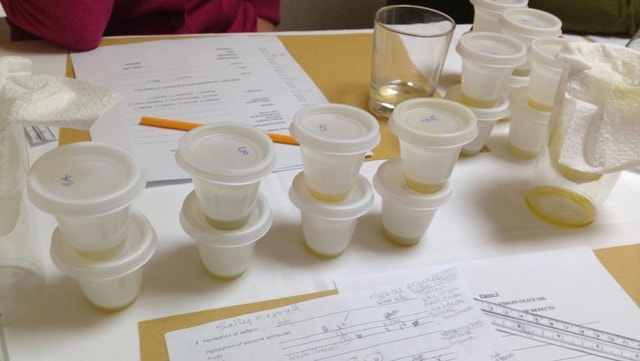
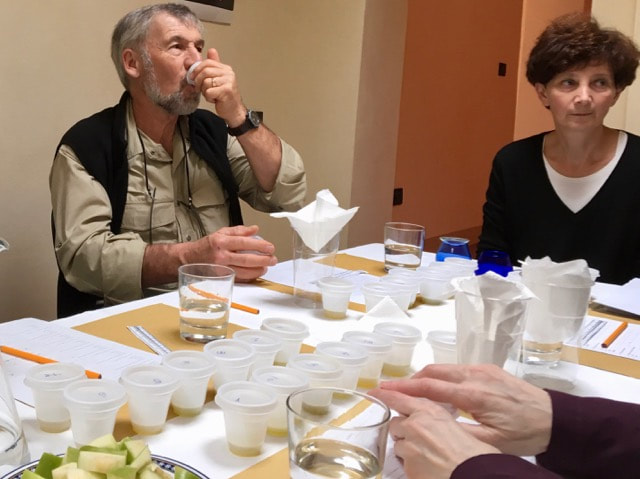
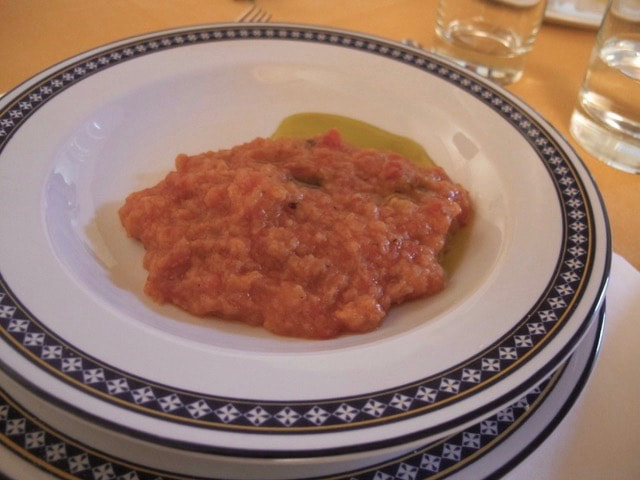
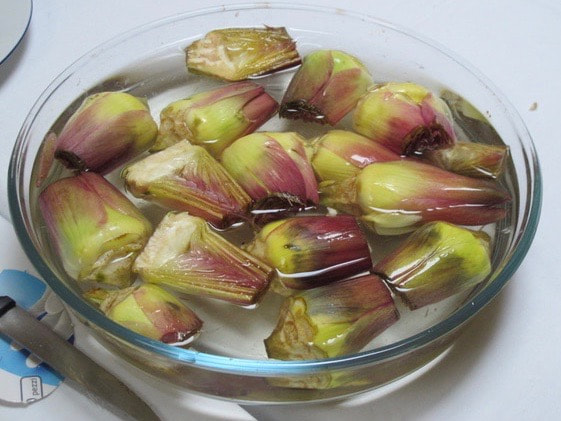
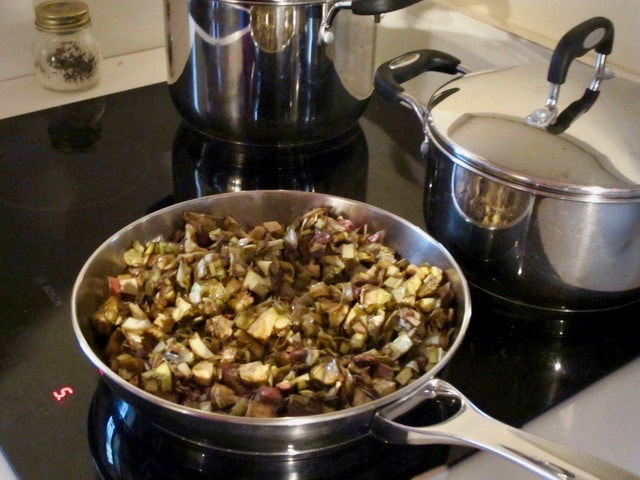
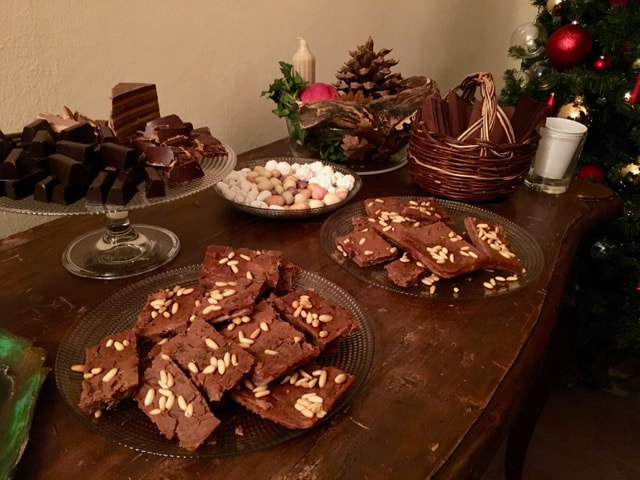

 RSS Feed
RSS Feed



